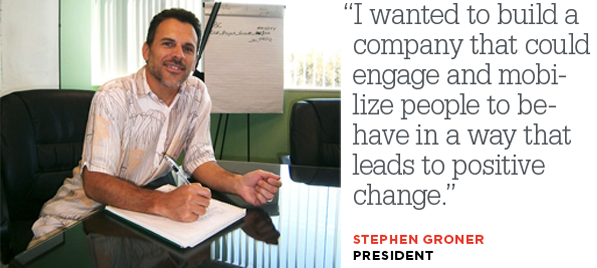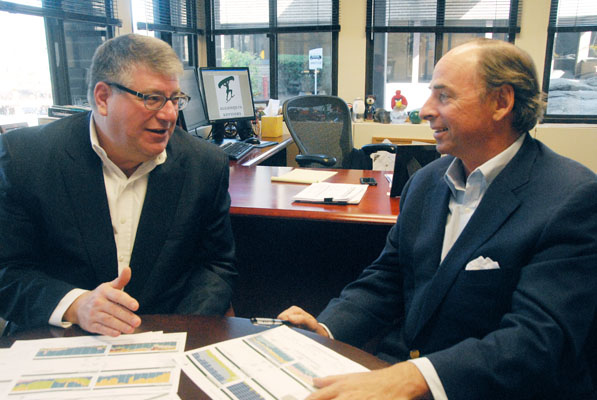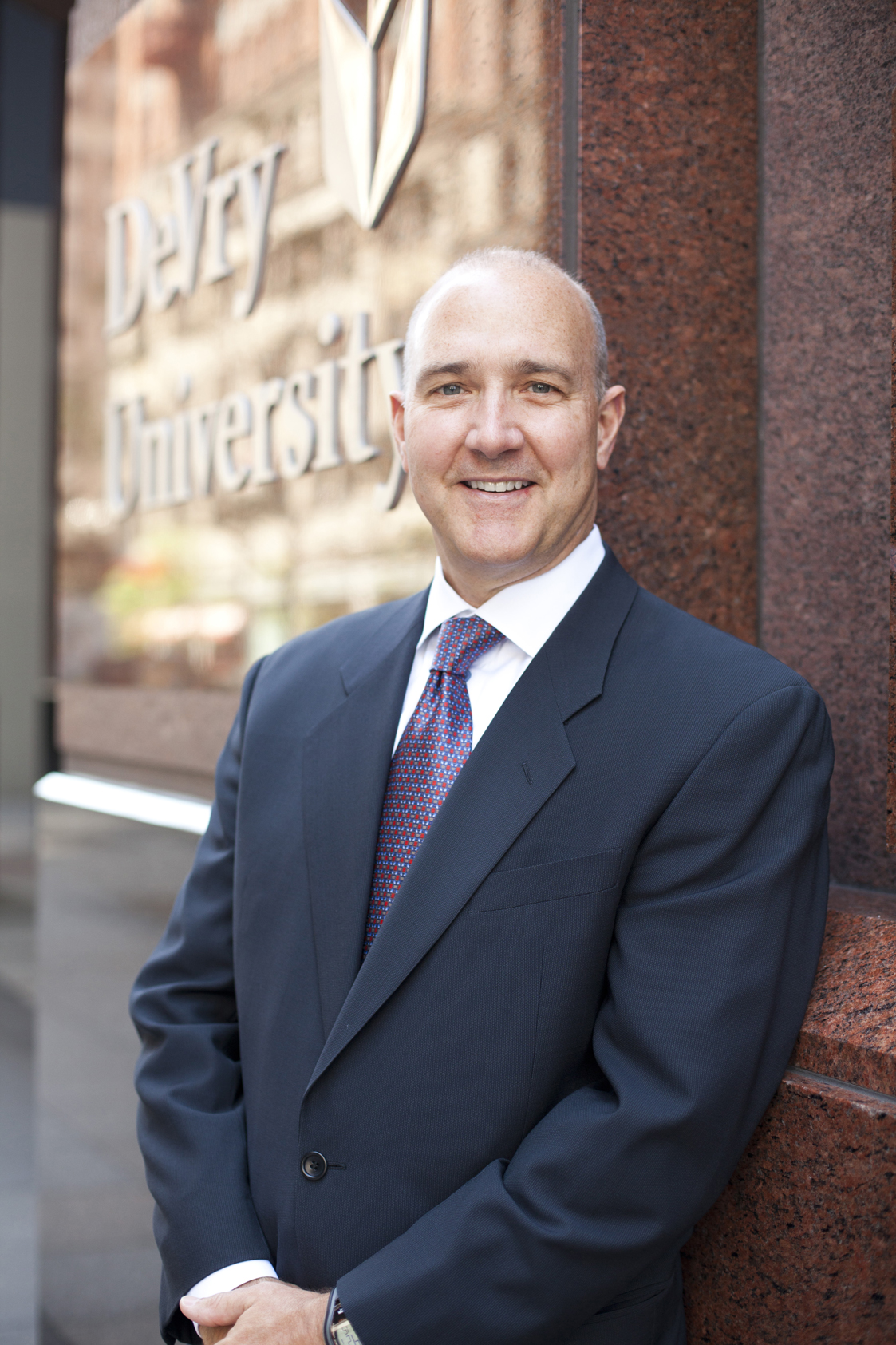What would compel a certified civil engineer with a thriving career to abandon the security of his profession and go to work in the trenches to enhance communities and save the environment? “To make a difference,” says Stephen Groner. “I wanted to build a company that could engage and mobilize people to behave in a way that leads to positive change.”
That company is S. Groner Associates, Inc. (SGA), the roots of which go back to Groner’s stint as an environmental engineer out working in the field. As he was frequently on site, Groner noticed a breakdown of communication within communities as a project got underway. “There was a gap between the technical issues and what the community would be able to understand,” he says. “I wanted to bridge that gap, so I switched my profession to communications.”
This gap informed what Groner’s company does today. To get the job done by the most effective means, SGA employs a diverse mix of professionals, including engineers, scientists, applied psychologists, advertising and PR professionals, social-media experts, graphic artists, and technical web specialists. The staff makeup merges right-brain and left-brain skills in a collective ecosystem, allowing the firm to offer a very powerful communication strategy, one that studies and attempts to understand the way people receive messages and then segues those findings into creating the desired results.
With 15 employees working at two offices in Northern and Southern California, Groner’s firm takes on a variety of projects and clients, concentrating on those that impact local communities and help the environment. No undertaking is typical. For example, a recent Groner project focused on the redevelopment of a street in an unincorporated East Los Angeles area called Florence. Working with the Los Angeles County Community Redevelopment Commission, Groner’s team held community meetings and invited the general public, local businesses, church leaders, and homeowner groups to participate. The goal was to get the community itself to lend input about the issues of reducing blight, while increasing the business economics and helping design a new streetscape.
Groner admits the approach must be diplomatic and done carefully. “Gentrification is sometimes not popular,” he says. “So we want to enhance the community and values that are already there. We figure out the essence of what they have and what their strengths are, and we build on that. That’s why it’s so important to work with community leaders, not necessarily elected officials. We look at it from all angles, all perspectives.”
From there, SGA works with a landscape architect to create a look, moving forward with the design and securing grant dollars, most from federal block grants and other funding sources. “Our part of it is about two years, but a whole program like this could take up to a decade to complete,” he says.
Groner’s company doesn’t just limit itself to revitalizing communities. In the San Francisco Bay Area, it helped develop a social-media marketing campaign to address the problem of littering. Targeting teens and 20-somethings, the firm created a peer-to-peer campaign that urged members of the demographic to encourage their friends not to litter. The campaign even included a high-stakes video contest. The winners, chosen by their peers, demonstrated a high level of production, receiving prizes and fame. “The idea is that it is focused on what they’re doing,” Groner says. “It’s their crowd voting—their network of friends that’s involved—so they get to ‘own’ the campaign. It’s not the government or parents telling them what to do.” The benefits of the campaign were twofold. Not only did it create outreach to kids to build awareness and a movement, it changed behavior. “And changing behavior is at the heart of what we do,” Groner says.
Groner’s come a long way since he obtained a degree in environmental engineering from the University of Wisconsin at Madison, but he remembers what prompted him to start thinking about the ideas that shape his firm today. After working as a registered civil engineer for eight years on the technical side, he recalls asking himself the questions, “How can I use my technical skills and creativity to make a difference?” and, “How can we increase recycling—how do we clean up the planet?” The answers were not easy, but he felt he could have a greater impact if he gave up engineering and worked at a grassroots level with communities. “I concluded that not all problems have an engineering fix,” he says. “You cannot necessarily build your way out of it. It’s about people and getting them to buy into an idea.”
For Groner, it’s been a labor of love. “Not only are we doing great work, but I feel passion,” he says. “If you do work you believe in, you can really make a difference for your community … It’s a very fulfilling thing.”
















